Ethiopia is located in northeastern Africa and borders Djibouti, Somalia, Sudan, South Sudan, Kenya, and Eritrea. It is a landlocked country with a total population of approximately 120 million and a land area of 1.1036 million square kilometers.
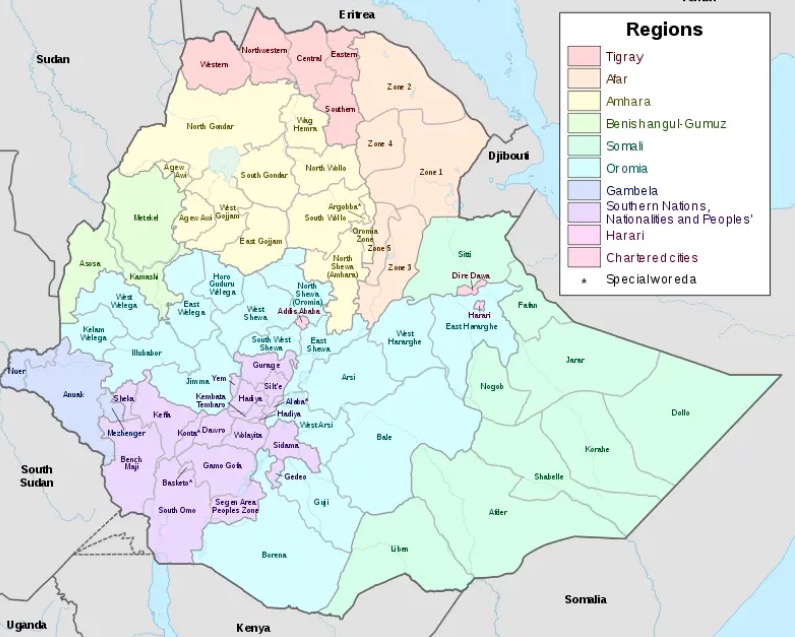
The Ethiopian flag is composed of three parallel and equal horizontal rectangles from top to bottom: green, yellow, and red, with the national emblem pattern in the middle of the flag. The green represents fertile land, a mild climate, and abundant plant resources, as well as symbolizing hope for the future. The yellow symbolizes peace and fraternity and also represents the determination of the people to build the country. The red symbolizes that the people are ready to shed blood and sacrifice for the defense of the motherland. The middle emblem is a blue circle with a golden five-pointed star emitting rays, and the blue represents peace, the rays represent prosperity, and the five-pointed star represents diversity and unity.
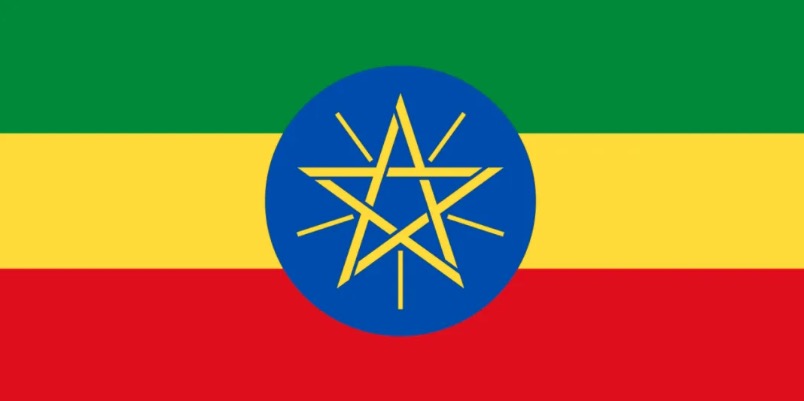
Within Ethiopia, the terrain is mainly composed of mountainous plateaus, with most of it belonging to the Ethiopian Plateau, which accounts for two-thirds of the entire country. The East African Rift runs through the entire territory, with an average altitude of nearly 3,000 meters. It has the title of “the roof of Africa,” while the northeast and south are desert and semi-desert areas, accounting for 25% of the country’s area.
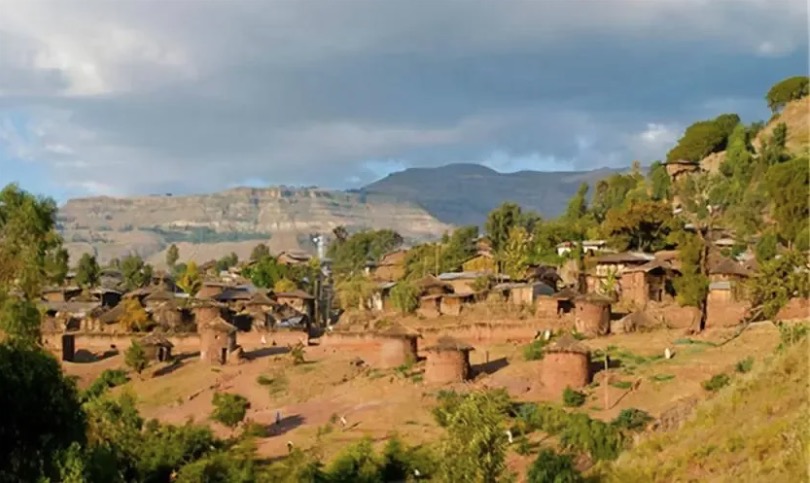
In Ethiopia, the conflict seems to show no sign of ending. The war in the Amhara region has lasted for more than eight months. The war between the Fano forces and the federal government officially broke out in August 2023, when the region had not yet recovered from the two-year devastating war against the Tigray forces.
Earlier this week, the interim government of the Tigray region led by Getachew Reda issued a statement objecting to the use of the so-called incorrect Amhara region map in student textbooks.
In the students’ textbooks, it is believed that the Wolkait Tegede, Setit Humera, Raya Alamata, and Wofla regions (which have been referred to as the Western Tigray and Southern Tigray regions since the Tigray forces included these areas as part of the Tigray state after seizing the federal government’s power in 1991) should not be classified as the Tigray region.
The average altitude throughout Ethiopia is 2,450 meters, which allows the annual average temperature to be 16 °C throughout the year. It is roughly divided into a dry season and a rainy season throughout the year, with an annual rainfall of 1,237 millimeters. The country is rich in natural resources, with abundant water resources, high-altitude mountainous areas, and more than 50 volcanoes. These resources make the country an ideal area for coffee cultivation.
Coffee Producing Areas
Ethiopia has multiple coffee-producing areas, namely, Sidamo, Harrar, Kaffa, Limmu, Lekempti, Tepi, Bebeka, and Bale. Among them, Yirgacheffe, Guji, Sidamo, and Bebeka are relatively well-known producing areas.
Sidamo: After 1995, Ethiopia adopted a federal system of management, and in order to respect the cultures of various ethnic groups within the territory, the local government also re-planned according to the main residential areas and languages of the ethnic groups. In this way, Sidamo was included in the newly established southern ethnic language autonomous state and was also officially renamed to its original historical name: Sidama. However, at that time, the Ethiopian government wanted to strengthen the promotion of the uniqueness of coffee within the territory. In 2004, it applied for patents for the names of three producing areas and selected the old name Sidamo® as the registered name for Sidamo coffee. Until now, domestic consumers have always been accustomed to calling the coffee here “Sidamo.” Sidamo spans the fertile highlands south of the Awasa Lake in the East African Rift. The altitude ranges from 1,400 to 2,200 meters, with an annual rainfall of 1,200 to 2,000 millimeters. The high altitude, sufficient rainfall, pleasant climate, and fertile geological nutrients provide an ideal environment for growing coffee. There are many well-known processing plants within the Sidamo producing area, such as Santa Venet processing plant and Gauss processing plant.
Yirgacheffe: Yirgacheffe is a small town on the northwest side of the Sidamo province, located on the eastern edge of the East African Rift. It is also one of the highest-altitude producing areas in Ethiopia, with an altitude ranging from 1,750 to 2,200 meters. In the ancient language, Yirga means to settle down, while Cheffe means wetland. Due to its humid and mild climate, abundant rainfall, fertile land, and sufficient sunlight, this producing area originally belonged to the Sidamo producing area. However, it was independently separated into a coffee-producing area because this region can give birth to unique flower and fruit aromas, ever-changing, and unique flavor coffee beans.
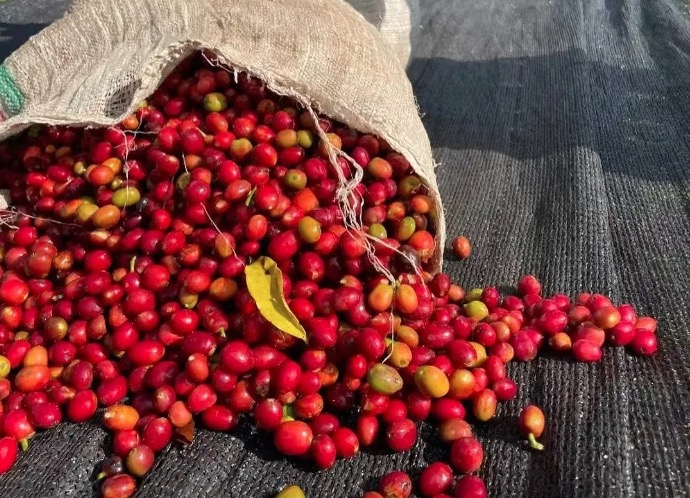
Guji: The Guji producing area once belonged to the Sidamo producing area. Due to its excellent and highly recognizable flavor, it was independently divided into a new producing area by the Ethiopian Commodity Exchange (ECX) in 2010. The producing area is located in the south of Ethiopia and has high mountains, highlands, plateaus, valleys, and plains within the producing area. The terrain is complex and changeable. These rich landforms have created diverse microclimates, and it also has volcanic soil, dense forests, with an average altitude of more than 1,800 meters and a large temperature difference between day and night, which slows down the growth speed of coffee fruit and allows the coffee beans to develop a rich flavor. Within the Guji producing area, there are also many small producing areas, such as Hambella, Uraga, Shakiso, etc., and Hambella is well-known for its Geisha coffee.
Bebeka: The Bench Maji producing area, also known as the Bebeka producing area, is located in the southwest of Ethiopia and is a district under the Southern Nations, State, only a few kilometers away from South Sudan. There is a well-known coffee estate here, the Gesha Village Coffee Estate, and the Geisha variety trees of the Gesha Village Estate were found in the wild forest of Bench Maji.

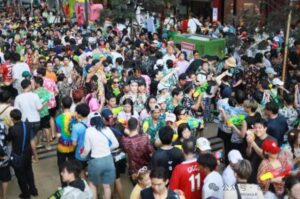
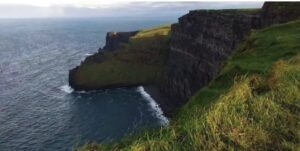
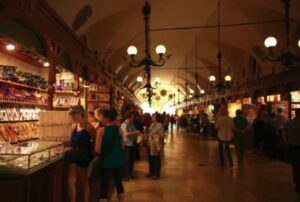


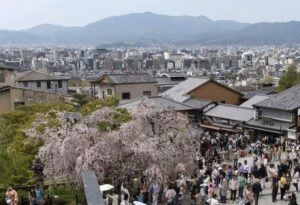
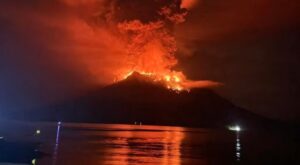
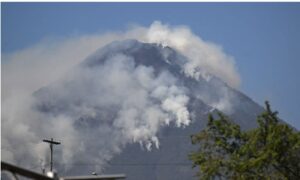
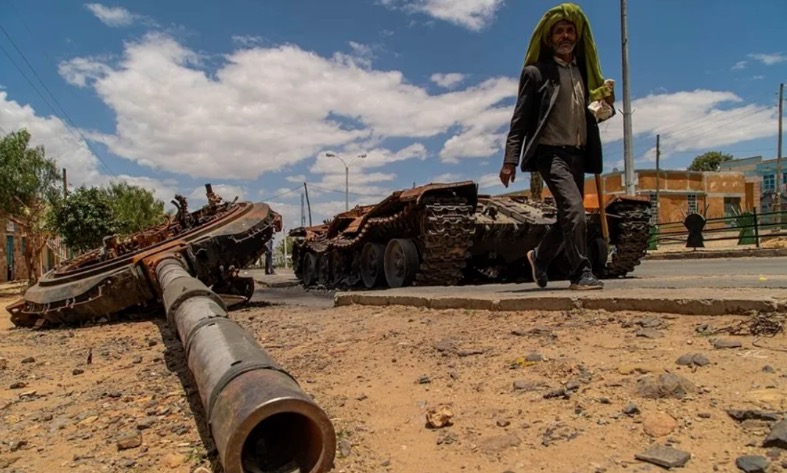
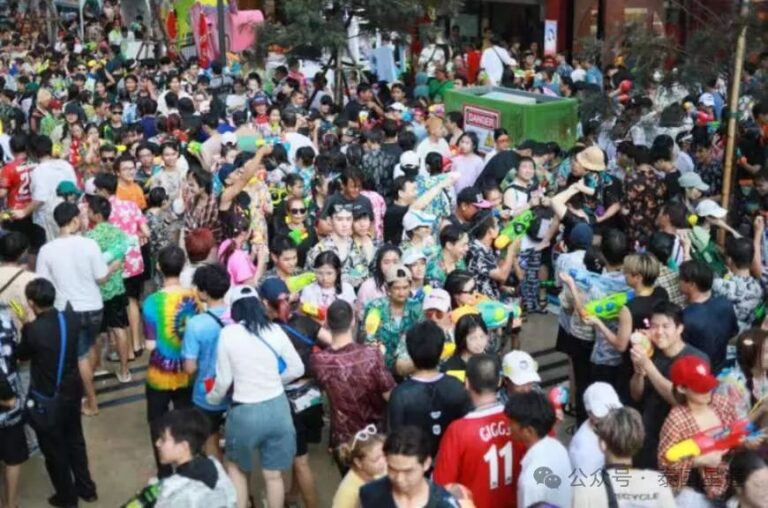
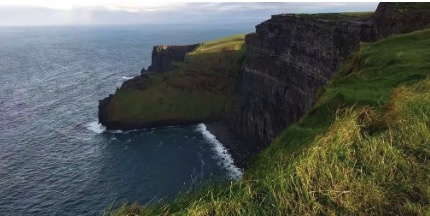
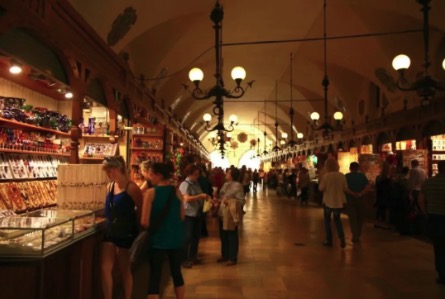

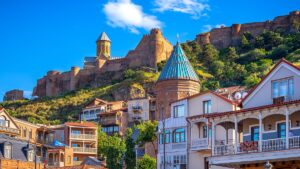

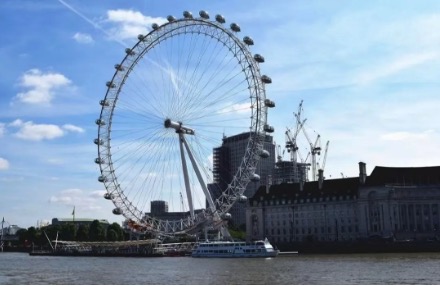

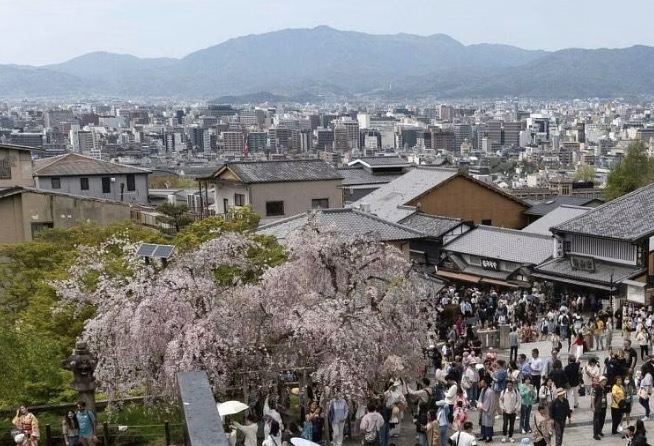
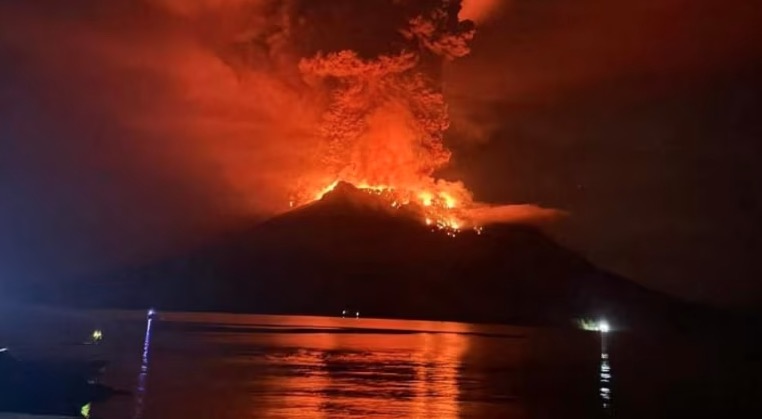
+ There are no comments
Add yours